Popcorn is one of those crops that can last all year long until your next crop if you dry and store it correctly. And, as with any vegetable, growing your own offers more opportunities to try different delicious and unique types. Kids love to grow popcorn as well. There is something satisfying about picking off the dried kernels, jarring them up, and popping your first batch of buttery homegrown popcorn.
Planning one’s popcorn crop starts in mid-spring, just before corn planting time. There are several seed vendors that sell favorite, reliable varieties for new-time growers–Baker Creek Heirloom Seeds, Harris Seeds, High Mowing, Johnny’s Selected Seeds, Jung’s, and others. Many have something unique for popcorn connoisseurs as well. Most offer miniature varieties as well as large-kerneled types. I like big, fluffy popcorn, so these are the varieties I like to grow and promote.
Six Top Popcorn Varieties

‘Dakota Black‘ (95 days) is a beautiful heirloom popcorn with lustrous black kernels that are medium-sized and extra delicious when popped. The attractive ears are 5-6 inches long when mature.
‘Early Pink‘ (85-95 days) has large, mauve-pink kernels that make truly lovely decorative corn until the wintertime when you can hull it for crunchy popped corn. The ears reach 5-7 inches.
‘Mini Blue’ (80 days) has large blue kernels on 4-inch ears that pop up into light, fluffy, flavorful popcorn. The plants are noted as being productive.
‘Mushroom’ (103 days) gourmet popping corn forms big, round, fluffy popped corn that is delicious. It has yellow kernels, long ears, and is recommended for kettle or caramel corn because it is easy to sugar coat.
‘Robust 997’ (112 days) is a reliable classic popcorn variety with yellow kernels that are large and tender when popped. The high-yielding plants bear lots of 7-8 inch ears.
‘Top Pop’ (100 days), the name says it all. It has large yellow kernels that pop up into light, tender popcorn. The plants are also productive and vigorous. It is my top pick for new popcorn growers.
Growing Popcorn

Plant corn in the ground in late spring, once the soil is warm and frost is through for the season. (Click here for your last frost date.) Popcorn needs full sun and weed-free vegetable garden soil that drains well and has average fertility and a neutral pH. Work Black Gold Natural & Organic Compost Blend into the soil before planting to increase fertility. Plant the seeds about 2 inches deep and 12 inches apart; keep them lightly moist for good germination. You will need at least three rows of six plants for reliable pollination and lots of ears of popcorn. Corn plants require heat, so once the temperatures rise, they will take off. Keep them regularly watered during times of high heat and little rain.
 Popcorn Pests
Popcorn Pests
There are several pests to watch out for, including corn earworms, which eat the ears from within. Apply Bacillius thuringiensis (BT), which is approved for organic gardening, to the young tassels to keep these pests away. The common fungal disease, corn smut, will distort the ears, but it is edible (read about edible corn smut here!). Fungal northern corn leaf blight may develop under cool, wet weather conditions and cause leaf lesions and seedling death. The bacterial wilt called Stewart’s wilt is less common but deadly and will cause whole plants to unexpectedly wilt and die. Choose resistant varieties if wilt and blight are problems in your area. Corn-belt states (western Indiana, Illinois, Iowa, Missouri, eastern Nebraska, and eastern Kansas) tend to have higher instances of disease.
Drying and Storing Popcorn
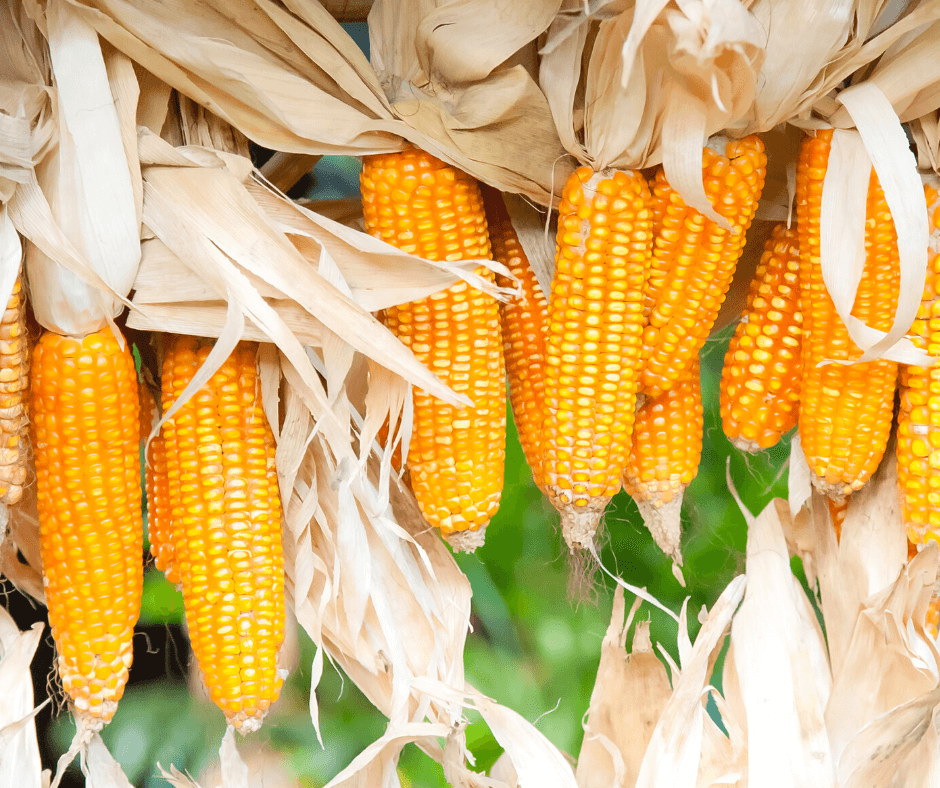
There are several ways to dry popcorn. If weather conditions are hot and dry, then allow the ears to dry on the plant as you would with field corn. If you are concerned about too much rain, then let the ears fully mature and begin to dry. Then, harvest them and finish drying them by hanging them in a cool, dry place. You will know they are ready when the leaves, top of the cob, and kernels feel dry.
You can leave them on the cob, or for easier popping, you can pick or hull the ears. It’s a fun job to do, so invite the kids to help. Simply pick off the dry kernels, and place them in a glass jar with a tight-fitting lid for storage, and place it in a cabinet close by to pop whenever you want!
Perfect Stovetop Popped Corn
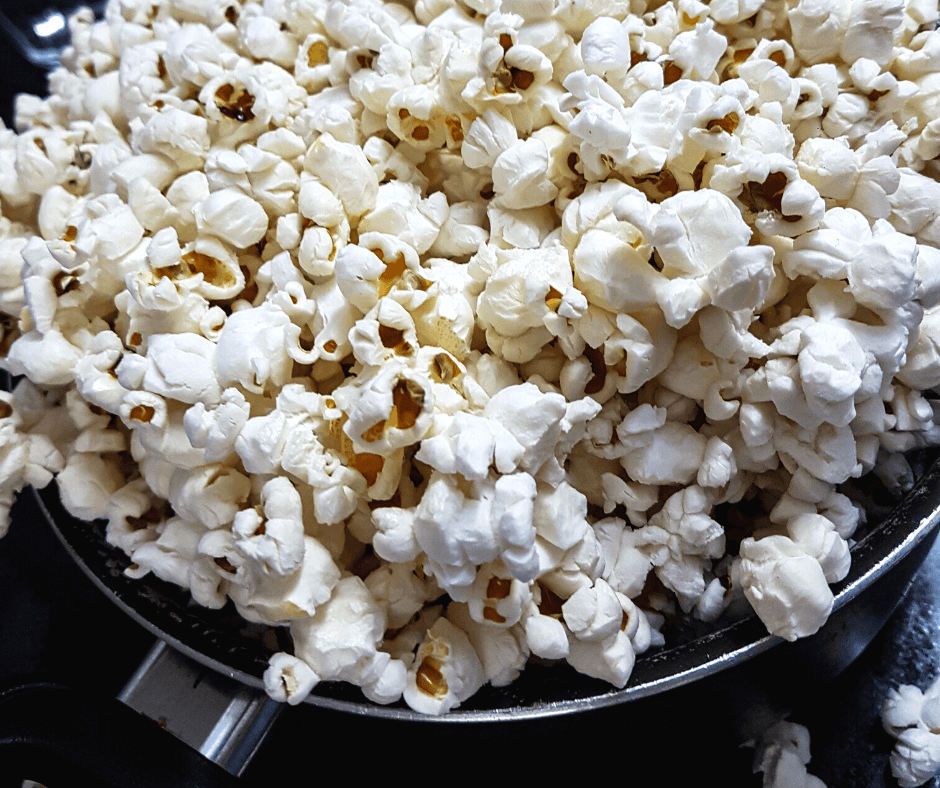
I prefer to pop popcorn the old-fashioned way, in a tall pan with a little oil and a tight-fitting lid. My greatest key to success is shaking the pan every minute or so to make sure that the popcorn does not become too brown or burn.
- 2 tablespoons canola oil
- 1/3 cup popcorn
- 1 to 2 tablespoon/s butter
- sea salt to taste
Heat the oil in the pan on medium to medium-high until sizzling. Add the popcorn kernels, put down the lid, and shake the pan intermittently to keep the popcorn moving. Listen carefully once it starts to pop. Most of the corn will pop up within a minute or two, but there are always a few that are late to pop. I usually wait until I hear 30 seconds of silence before taking off the lid to add the tablespoon of butter down the side of the pan to melt. Wait another 30 seconds for the butter to melt, and then toss the popcorn in the pan with the lid on to distribute the melted butter. Finally, shake it into a bowl and add salt to taste.
You can also add parmesan cheese, garlic salt, rosemary, cheddar cheese dust, ranch seasoning, or other flavors to make your popped corn extra tasty.




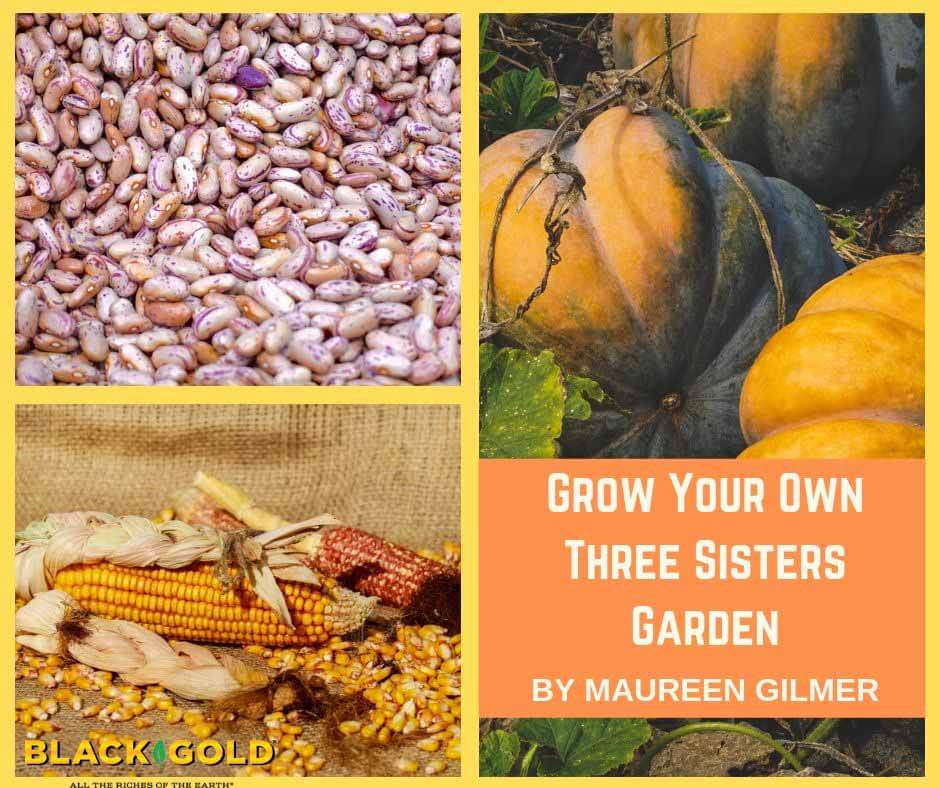
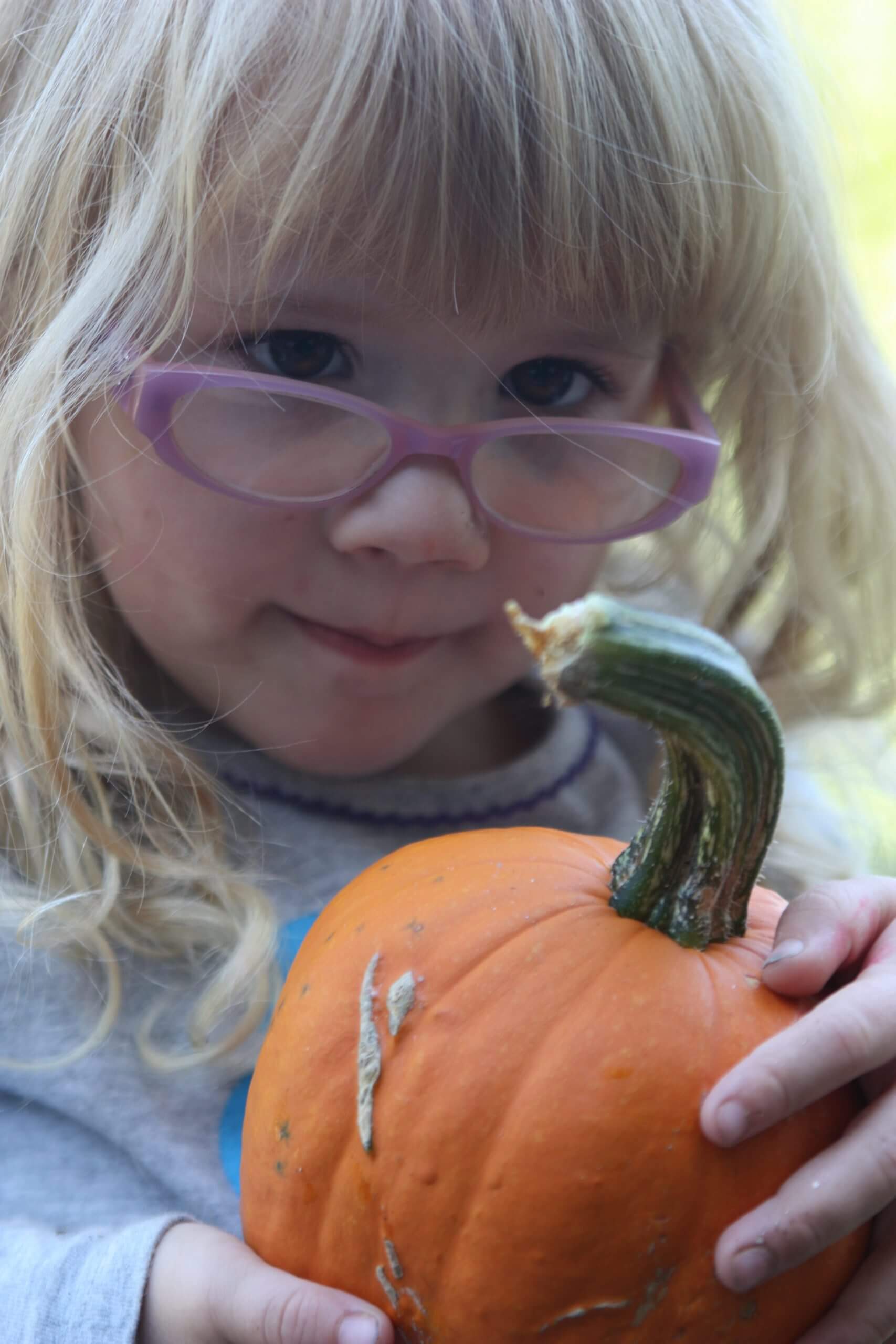
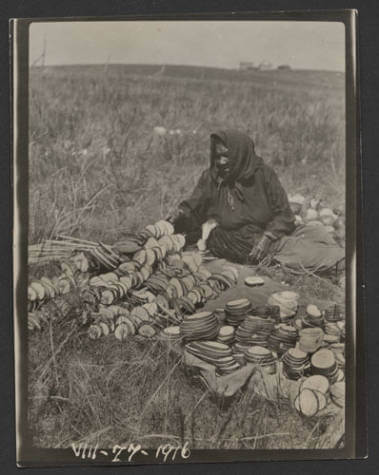

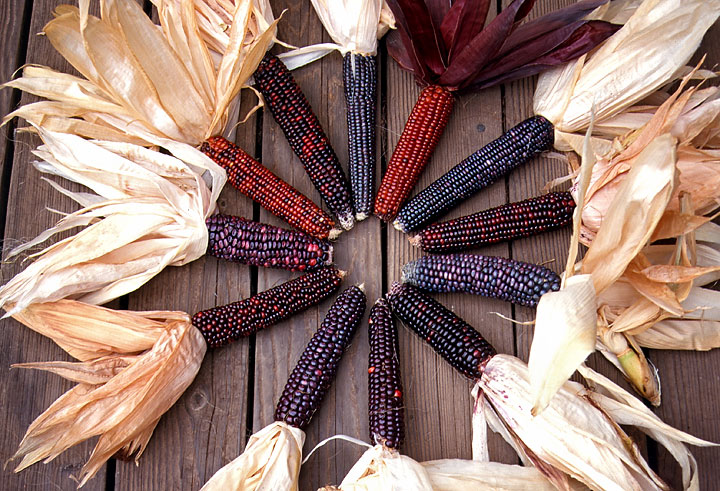
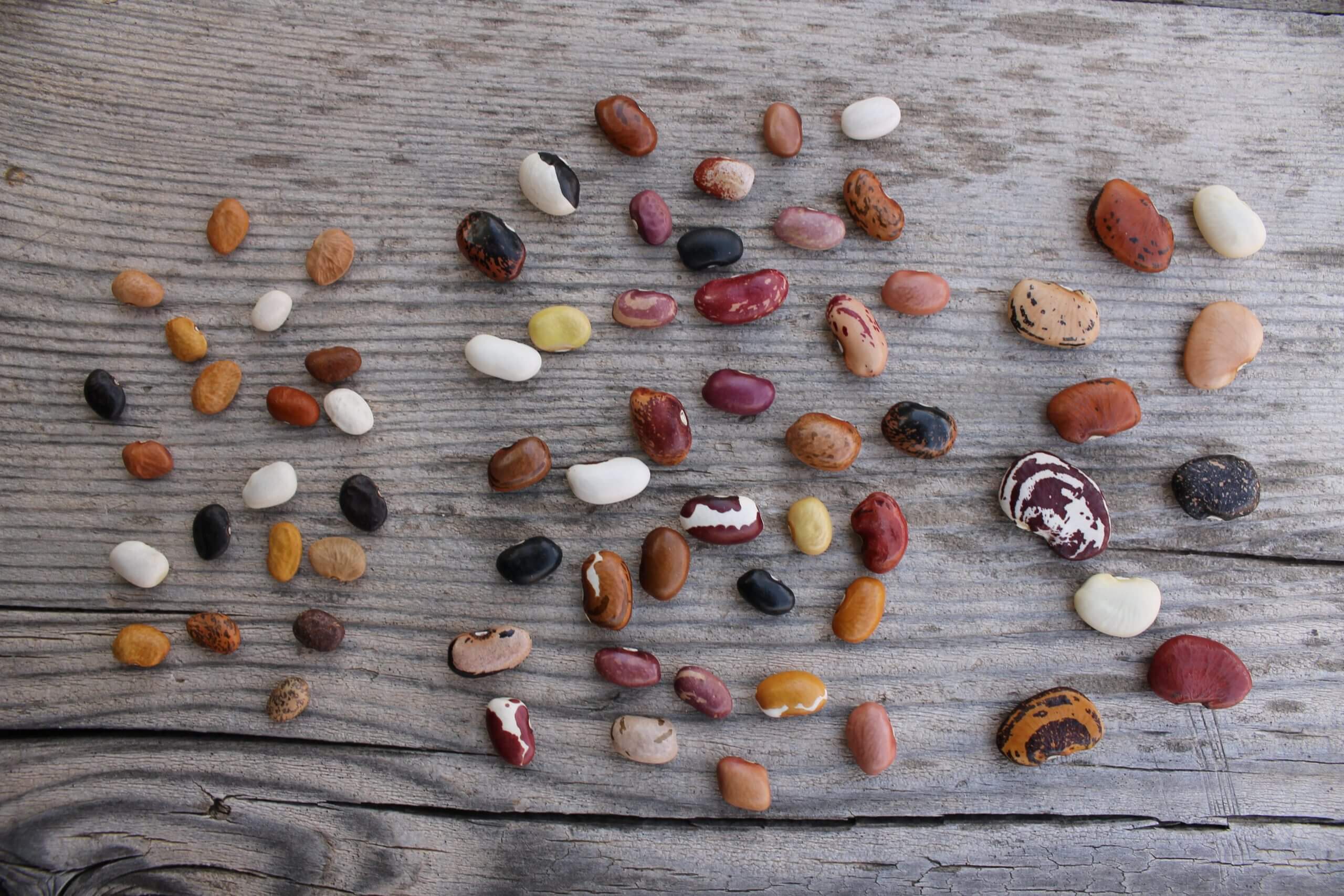



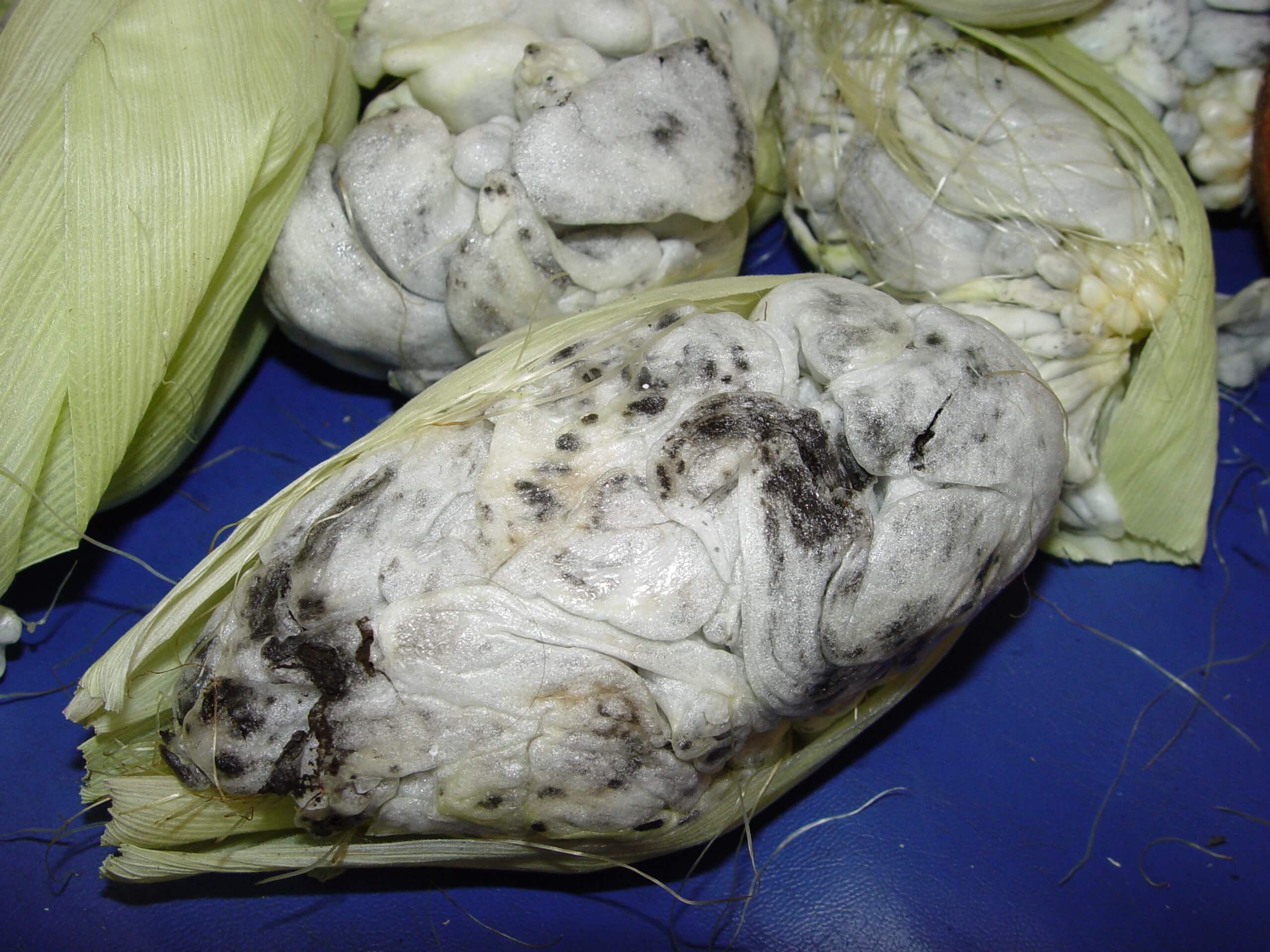
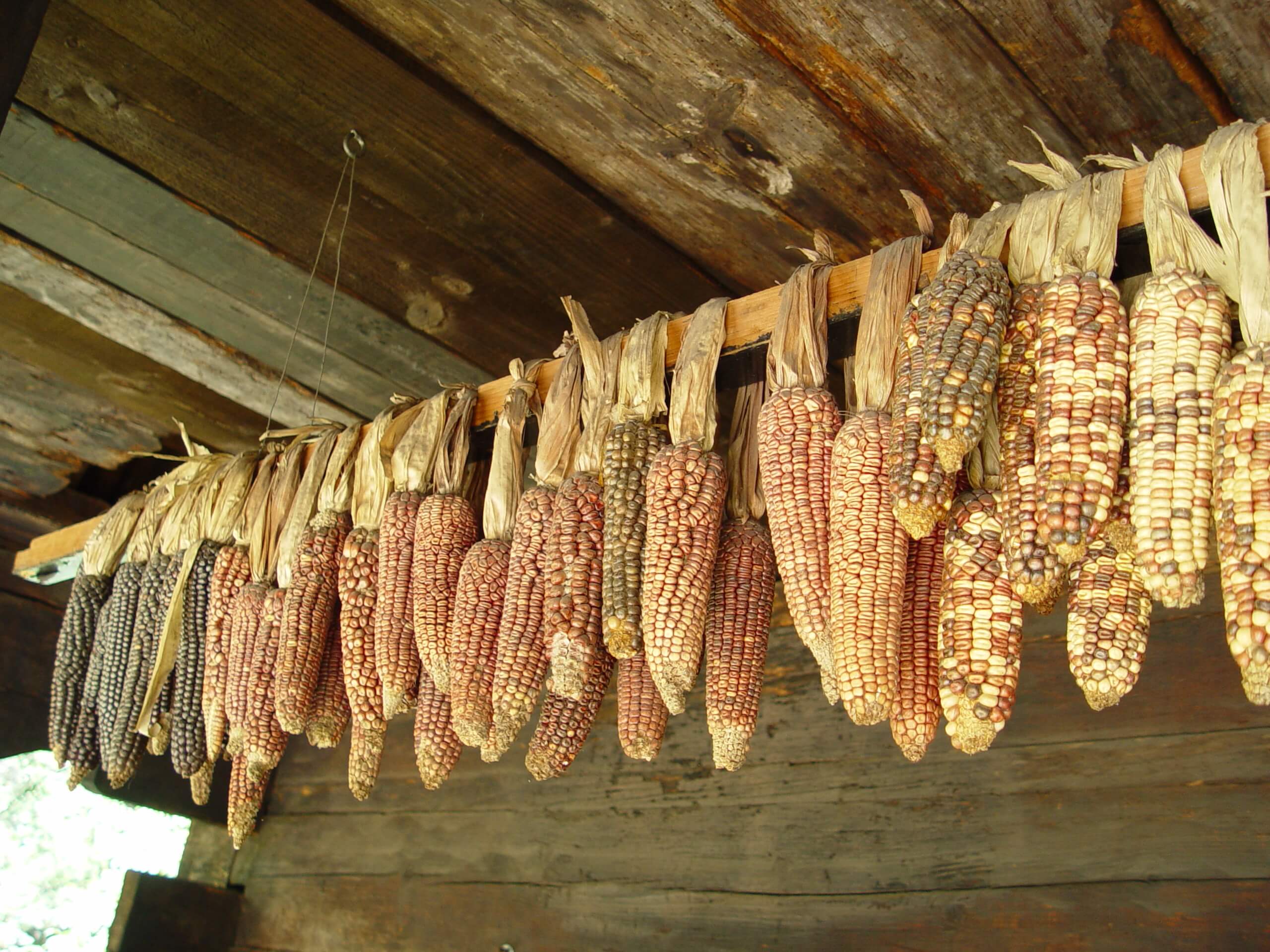
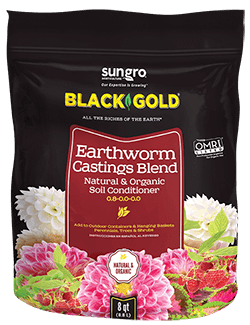 And it may not be difficult to find fresh ears in some parts of the country. For Midwestern gardeners in frequent flood zones, there is little doubt that what sweet corn is not destroyed by flooding will invite the sooty face of smut. Gardeners can always give their corn plants a fighting chance by planting them high in raised beds with well-drained soil amended with
And it may not be difficult to find fresh ears in some parts of the country. For Midwestern gardeners in frequent flood zones, there is little doubt that what sweet corn is not destroyed by flooding will invite the sooty face of smut. Gardeners can always give their corn plants a fighting chance by planting them high in raised beds with well-drained soil amended with